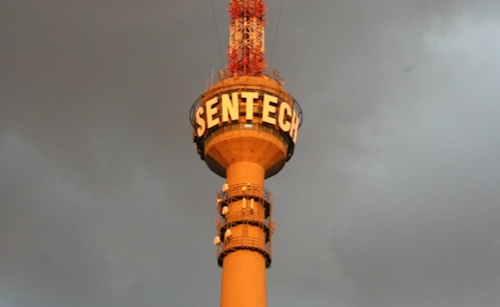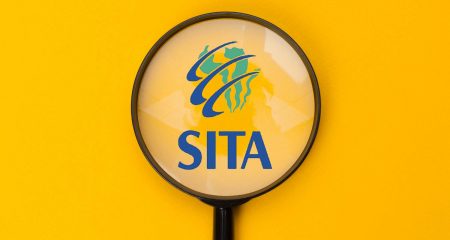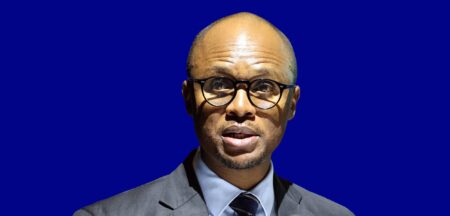
The Democratic Alliance wants public enterprises minister Barbara Hogan and communications minister Siphiwe Nyanda to explain whether Sentech is operating outside its mandate.
The DA wants the ministers to explain why state-owned communications companies Sentech and Broadband Infraco are competing in high-capacity international cable systems running up Africa’s west coast from SA to Europe, and whether Sentech is operating outside its mandate by being involved in one of these cable systems, spokeswoman Marian Shinn said on Friday.
Broadband Infraco was the responsibility of the public enterprises department and was involved in the government-led West African Cable System (Wacs).
Sentech was answerable to the communications department and recently signed up to be part of the New Partnership for Africa’s Development (Nepad’s) African Coast to Europe (Ace) system, she said.
Sentech had signed a landing party agreement to use its telecommunications licence to land ACE in SA. TechCentral broke this news in December — see “Sentech to land new west coast cable“.
This cable system had been discussed for some years and was previously due to land only in Nigeria.
“Involvement in installing the infrastructure of a submarine cable is surely outside Sentech’s mandate of supplying broadband communications to SA’s rural communities,” she said.
“We question what experience Sentech has in submarine cabling and building landing stations that bring the cables ashore, and whether this is within the terms of its telecommunications licence.”
Ace was to be paid for by a consortium of 25 investors that had signed a memorandum of understanding with the Nepad-created Baharicom Development Company (BDC).
BDC was responsible for co-ordinating the construction of Uhurunet, the submarine segment of Nepad’s envisioned Africa-wide network Umojanet.
“We also question whether SA, through its support of Nepad, will be footing the bill for Sentech’s involvement in Ace. Little is known about the funding, management and business objectives of Ace.
“We also question how and why Sentech was chosen for the Ace project. It has a dismal delivery record on home soil having launched and collapsed MyWireless, VAS and BizNet services.
“Its government-supported task to roll-out telecommunications infrastructure to rural areas has failed to deliver on a key project to bridge the digital divide,” she said.
In late 2007, Sentech was handed, on a plate, the task of rolling out an affordable broadband infrastructure solution for 500 Dinaledi schools on a budget of R500m (R1m per school).
“In reply to a parliamentary question last year, the minister of communications told me that the money has not been spent because Sentech could not produce a business plan acceptable to the national treasury.”
The fate of the Dinaledi network had not been announced.
Broadband Infraco was involved in Wacs, whose consortium members included Telkom, Neotel, Vodacom and MTN. “In answer to a parliamentary question I asked last year, the minister of science & technology said Wacs would be in place to support SA’s bid for the Square Kilometre Array (SKA) [telescope] in 2011.
“The competing Ace undersea cable is also expected to be completed in 2011, and is the first leg of Nepad’s vision of undersea communications cables along Africa’s entire coastline.”
It was initially hoped to be in place for the Fifa 2010 World Cup.
“SA can no longer afford the expense of perpetual inefficiencies, duplications and turf wars of the government’s stable of communications entities.
“There needs to be clarity about their mandates and why they continue to be managed by separate departments,” Shinn said. — Sapa




